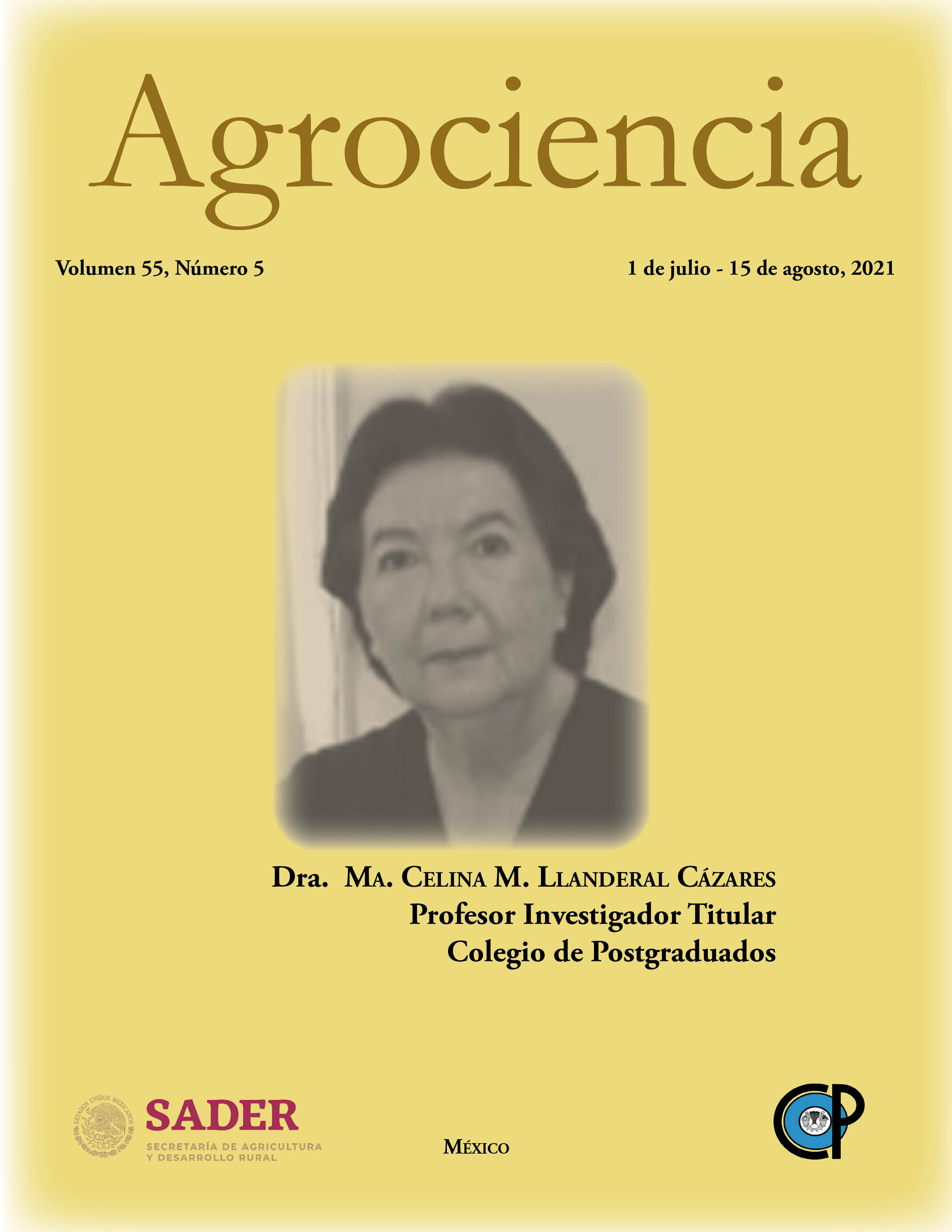PROPAGATION PROTOCOL BY SEED OF Clinopodium mexicanum, A NATIVE MEDICINAL PLANT FROM MEXICO
DOI:
https://doi.org/10.47163/agrociencia.v55i5.2519Keywords:
Clinopodium mexicanum, medicinal plants, germination, propagation.Abstract
Clinopodium mexicanum (poleo verde) is a native species in Mexico with demand in local markets for its medicinal properties. No information on cultivation was found, so the objective of this study was to develop a seed germination protocol to contribute to the knowledge of this species for management, cultivation, commercialization and conservation. Samples were collected in two wild populations in the state of Querétaro, selected for the availability of plants and accessibility to the site. The fruiting calyx (persistent) and the nutlets were morphologically characterized, and viability and germination percentages were evaluated. The germination experiment had temperature (T) as a factor, with three treatments: 28, 21 and 15 °C. Water content in substrate (100%), ambient humidity (30%) and photoperiod (12:12 h light/dark) were kept constant. Results were analyzed with a Student t-test, a generalized linear model and two analyses for germination (t10 and t50). The fruiting calyx measured on average 1.6 × 6.7 mm (width × length), and weight expressed as 436.5 calyxes per gram; striated shell, with glands showing green and brown tones. Nutlets measured 0.8 × 1.6 mm (width × length) and weight expressed as 2686.5 nutlets per gram, oval, brown to black. The black colored nutlets showed 100% viability and the brown ones 33%. The nutlets showed myxocarpia. The optimum treatment for germination was to increase the temperature to 28 °C. Ten percent of the seeds germinated in 4.2 d, 50% in 6.2 d, and the maximum germination percentage of 93% was reached in 12 d.
Additional Files
Published
Versions
- 20-08-2021 (2)
- 13-08-2021 (1)
Issue
Section
License
Agrociencia is published every 45 days, in an English format, and it is edited by the Colegio de Postgraduados. Mexico-Texcoco highway Km. 36.5, Montecillo, Texcoco, Estado de México, CP 56264, Telephone (52) 5959284427. www.colpos.mx. Editor-in-Chief: Dr. Fernando Carlos Gómez Merino. Rights Reserved for Exclusive Use: 04-2021-031913431800-203, e-ISSN: 2521-9766, granted by the National Institute for Author Right.













